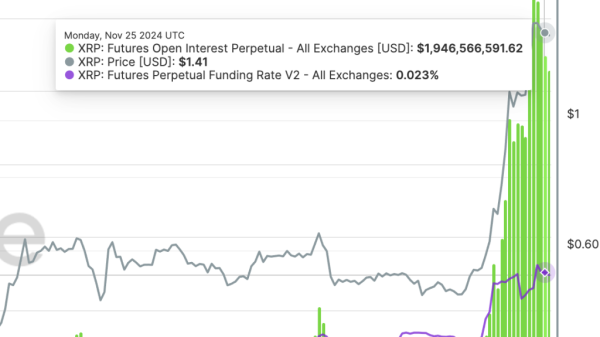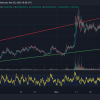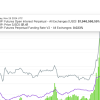The retail industry is buoyantly dynamic, and dollar stores have always held a pivotal role in the landscape, ensuring affordability and practicality for everyday shoppers. However, in recent years, these frugal havens have been facing substantive challenges that threaten their stead in the thriving retail market. The one established as the bargain hunter’s paradise is progressively struggling to keep up with evolving consumer needs and shifting market trends.
The fundamental woes of dollar stores trace back to the expansion and dominance of online retail giants in the retail space. Brands like Amazon and Walmart, with their online presence, have capitalized on the convenience and the time efficiency they offer, which dollar stores lack. With the skyrocketing growth of e-commerce platforms, consumers can get the same goods at comparable, if not lower prices, delivered at their doorstep – this advantage is especially significant given the COVID-19-induced preference for touch-free shopping.
Additionally, there’s the rise in mobile and online shopping. The rise of digital nomads and remote workers whose professional obligations tether them to their computers has cultivated a new breed of shoppers. These shop online during breaks, making brick-and-mortar stores like dollar stores less popular. Moreover, these shoppers value the extensive range of alternatives available online, with prices and ratings for items from competing brands one click away.
The ‘dollar’ price cap remains another significant hurdle. Dollar stores carved their niche by offering products at a single dollar price point or less, but this cap has made it challenging to maintain profitability. Given the constantly increasing operational expenses, including utility costs and workers’ wages, it is increasingly difficult for these stores to maintain their low price point while also turning a profit.
Inclusively, the demand for healthier and environmentally friendly products has shifted the tides for dollar stores. Traditionally, dollar store merchandise has been associated with lower-quality goods and less than eco-friendly options. However, sustainability-conscious consumers are now willing to pay a little extra for ‘greener’ choices, pushing dollar stores lower on their priority list.
Lastly, there is the grand challenge of grocery sales. Rivals like Walmart and Target have ventured into grocery offerings, a segment conspicuously missing from most dollar store’s inventory. These ‘one-stop-shop’ outlets attract busy customers looking to consolidate their shopping tasks, casting a shadow on the comparatively limited provisions of dollar stores.
In retrospect, dollar stores are amidst a tempest stirred by technological advancements, market trends, shifting consumer behavior, and growing competition. They need to reinvent their strategies to stay afloat in this tide of change. Adaption — to e-commerce, to higher price points with value addition, and to the evolving buying behaviors of environmentally conscious consumers — remains the key for these dollar stores to regain their lost ground in the retail industry.






























